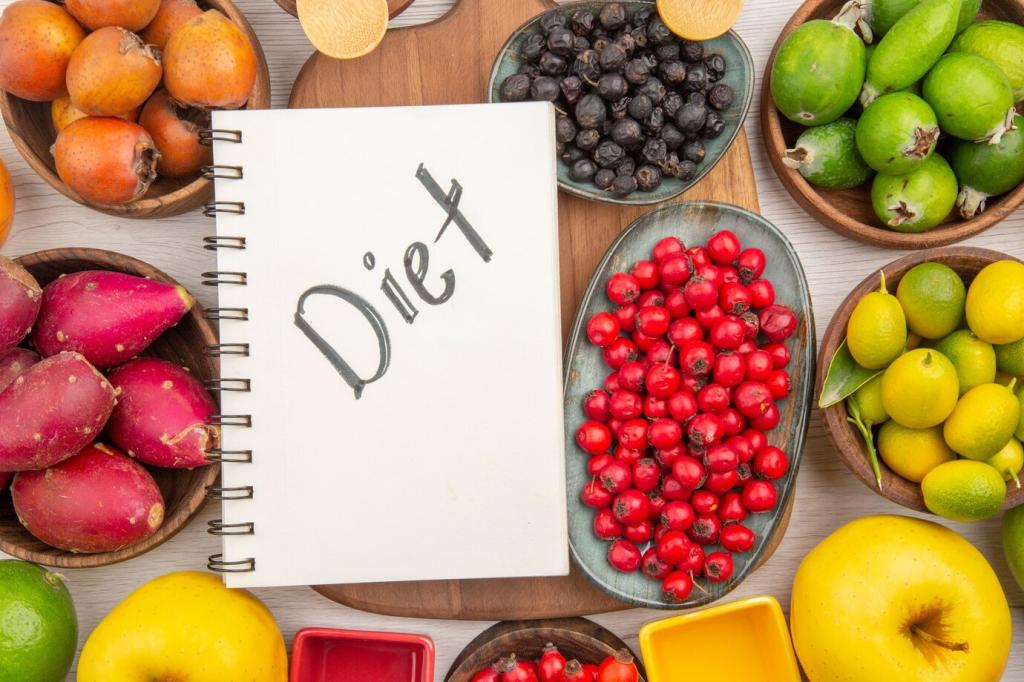Balancing Macronutrients in a Sporty Diet: Fuel, Repair, Thrive
Chosen theme: Balancing Macronutrients in a Sporty Diet. Welcome to a friendly, science-backed space where athletes and active humans learn to balance carbohydrates, protein, and fats for energized training, faster recovery, and sustainable performance. Subscribe, comment, and join the conversation around smarter fueling.
Carbohydrates replenish muscle and liver glycogen, which drives high-intensity bursts and steady endurance. Think oat bowls before tempo runs, rice after rides, and bananas mid-session. When carbs match training demands, fatigue fades faster, and perceived effort drops noticeably.

Setting Your Macro Targets with Purpose
Match carbs to work: about 3–5 g/kg on easy or skill days, 5–7 g/kg for moderate training, and 7–10 g/kg during heavy endurance blocks. This approach keeps glycogen topped, reduces mood dips, and protects intensity on key workouts.

Pre-Workout Fuel: Comfortable Carbs with a Protein Nudge
Two to three hours before training, choose 1–2 g/kg carbs plus 20–30 grams of protein, low in fat and fiber to minimize gut stress. Think rice bowls with eggs or yogurt with fruit and honey, then sip water for smooth digestion.
During Training: Keep the Engine Running
For sessions beyond 60–75 minutes, aim 30–90 grams of carbohydrates per hour. Mix glucose and fructose sources for higher absorption. Add electrolytes for heavy sweaters. Sustained intake preserves glycogen, stabilizes pace, and eases that late-session fade.


Quality Sources: Plates That Balance and Perform
Use lower-fiber carbs like white rice, sourdough, or ripe fruit near hard workouts to reduce gut issues. Lean on oats, potatoes, whole grains, and beans when you have time to digest. Rotate options to cover vitamins and maintain interest.
Quality Sources: Plates That Balance and Perform
Include dairy, eggs, poultry, fish, lean meats, tofu, tempeh, and legumes. Mix plant and animal sources to cover amino acids. If plant-forward, pair soy, grains, and legumes, and consider a whey or soy shake post-workout for convenience.
Avoiding Common Macro Mistakes
Low-carb days masquerade as discipline but often blunt intensity and recovery. Increase carbs on hard days, especially before and after sessions. Many athletes feel energy return within a week, with steadier pacing and improved mood during key intervals.

Real Stories and a Weekly Macro Blueprint
Maya added a pre-workout bagel and a recovery shake, keeping dinners lighter on fat. Within ten days, starts popped, late reps held, and soreness fell. Her takeaway: balancing macronutrients works best when timed to the hardest training demands.
Real Stories and a Weekly Macro Blueprint
Use a wave approach: higher carbs on intervals and long sessions, moderate on technique days, and balanced on recovery days. Keep protein stable daily, slide fats based on carb needs. This pattern builds momentum without micromanaging every bite.
Real Stories and a Weekly Macro Blueprint
What macro split keeps you energized? Post your favorite pre-session meal, tag us with your best recovery plate, and subscribe for new templates and seasonal recipes. Your stories help others balance their sporty diet with confidence and curiosity.
